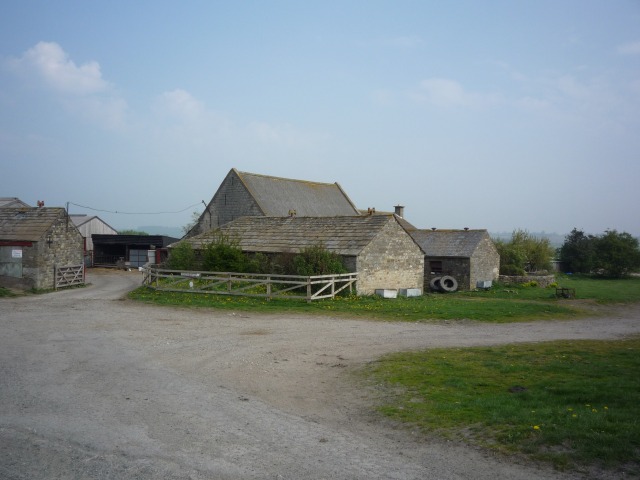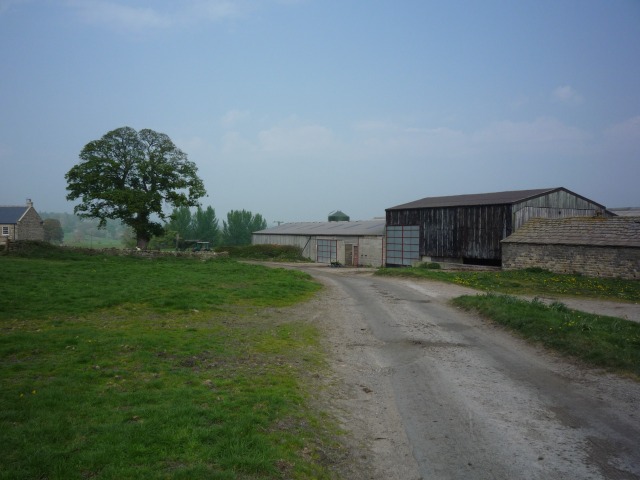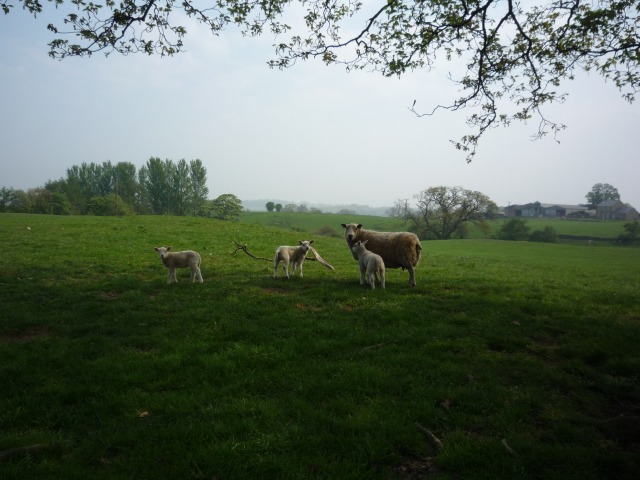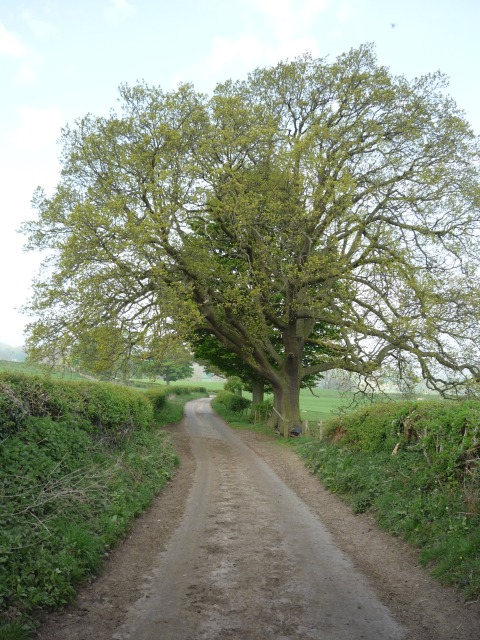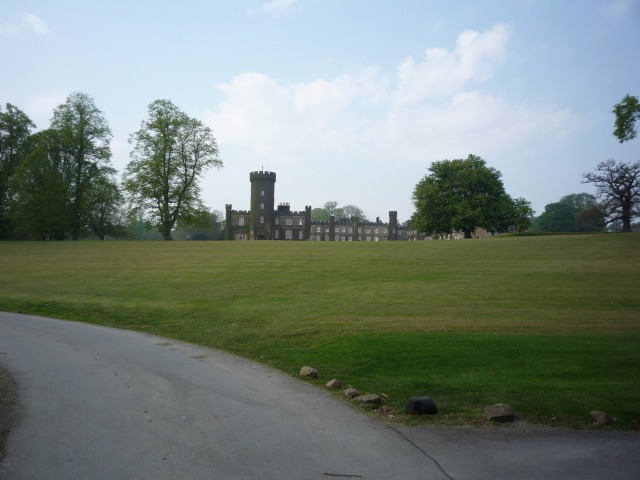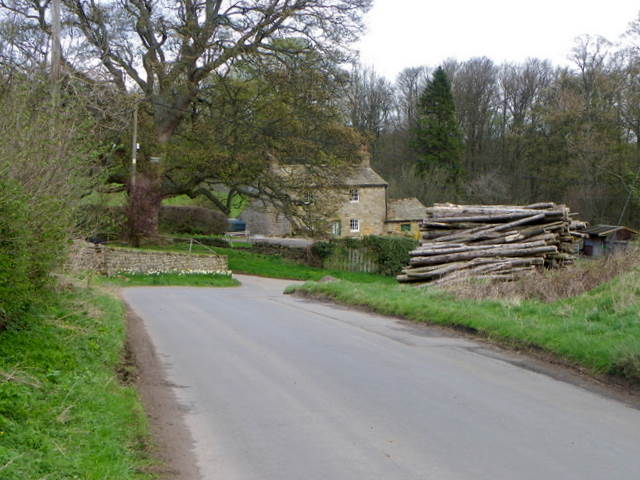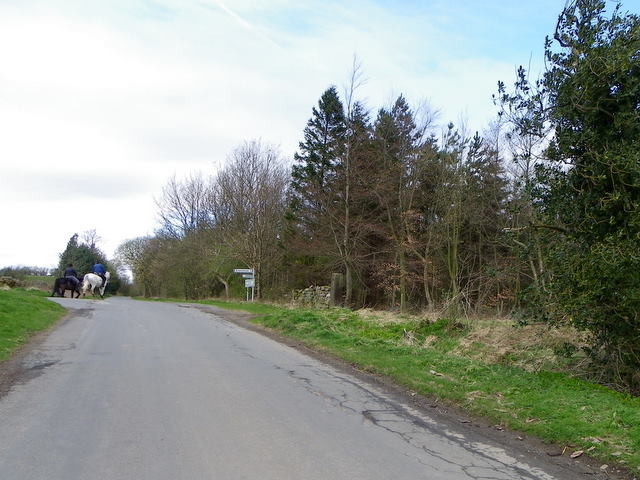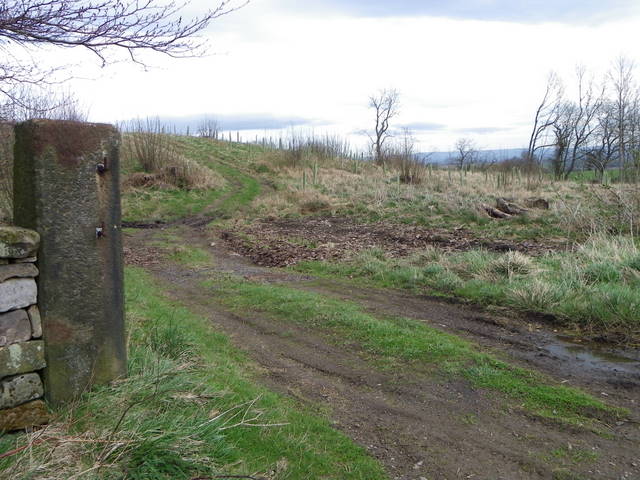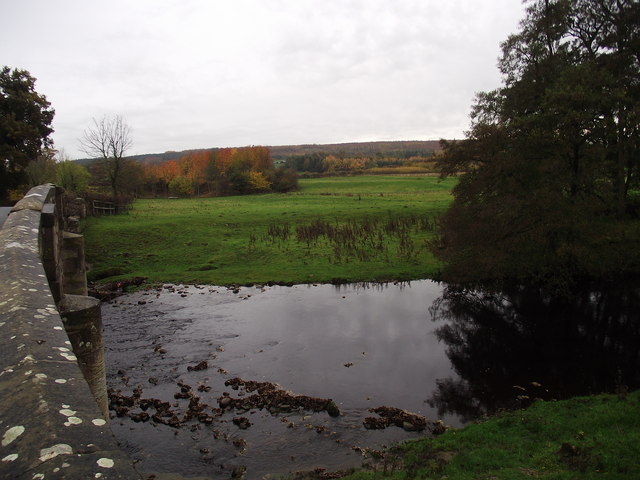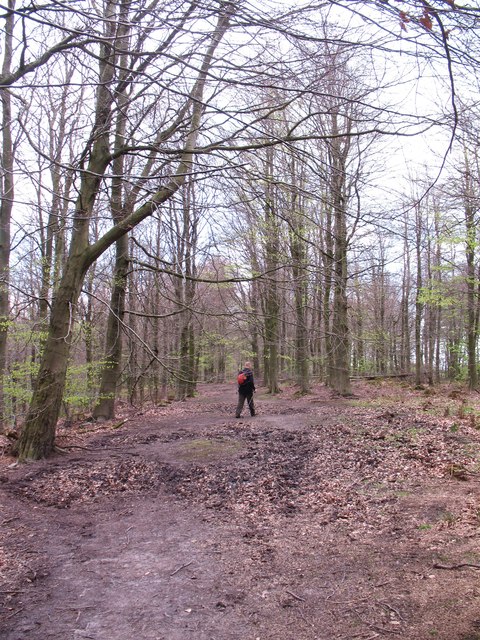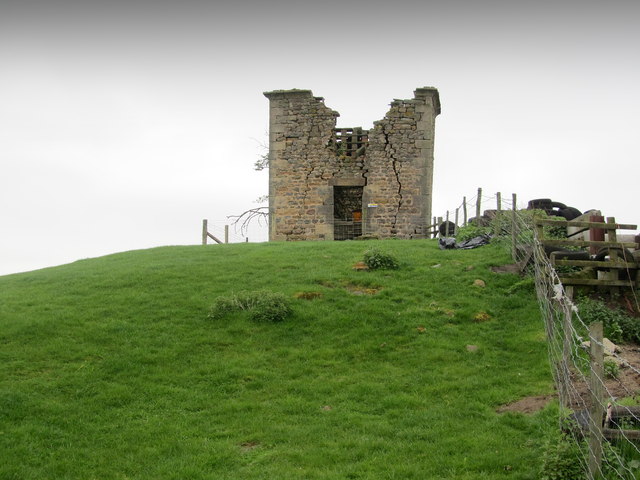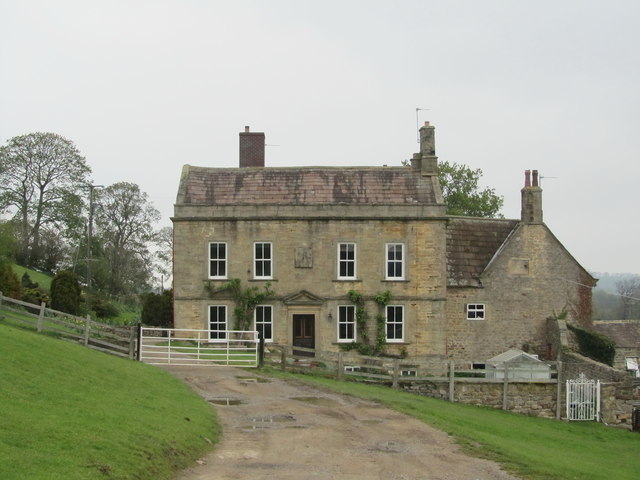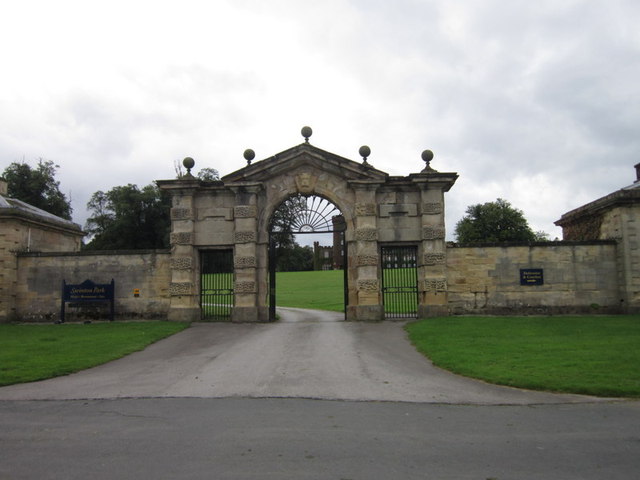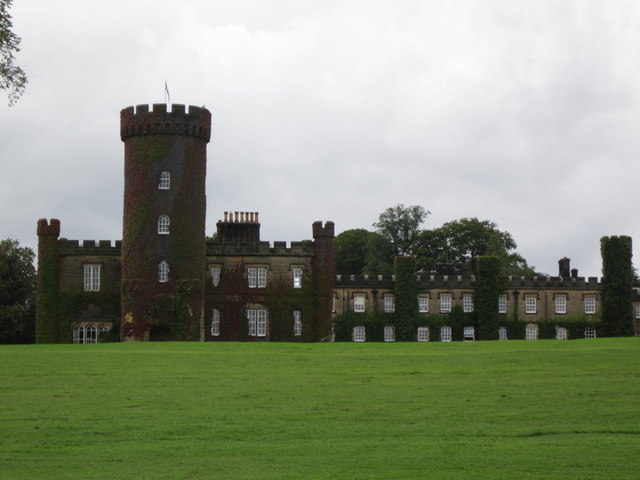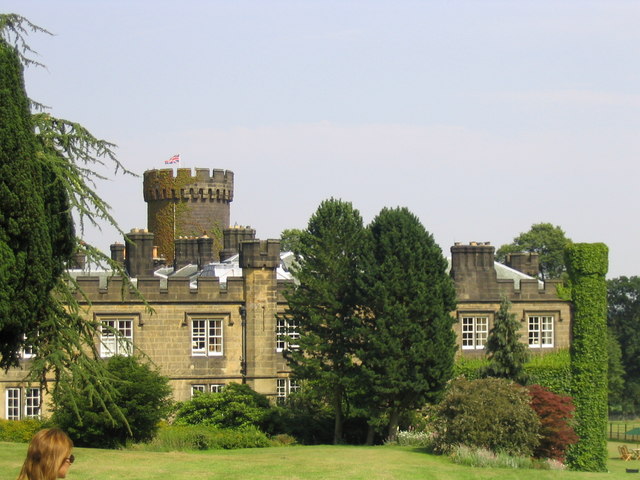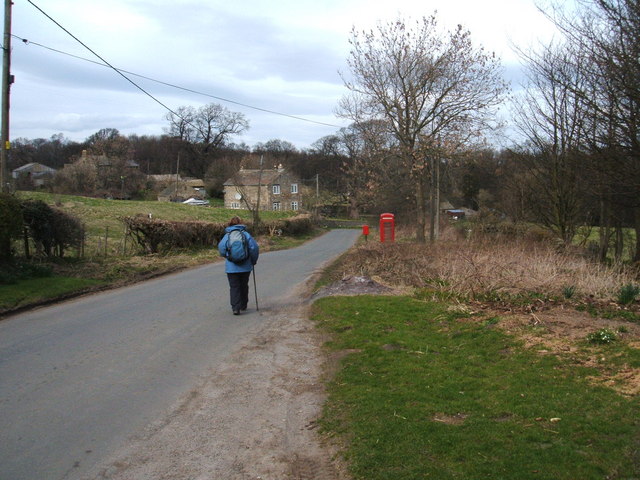Low Swinton
Settlement in Yorkshire Harrogate
England
Low Swinton
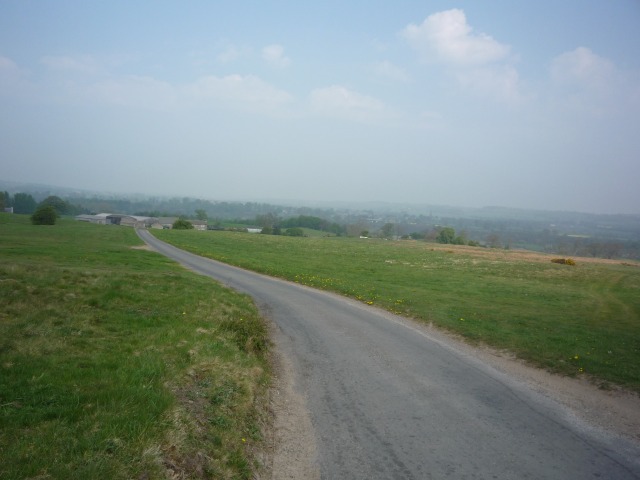
Low Swinton is a small village located in the county of Yorkshire, England. Situated approximately 6 miles to the west of the market town of Malton, it falls within the district of Ryedale. The village is nestled in the picturesque Howardian Hills, an Area of Outstanding Natural Beauty, which attracts visitors with its stunning landscapes.
With a population of around 200 residents, Low Swinton offers a tranquil and close-knit community atmosphere. The village is known for its charming rural character, characterized by traditional stone houses, rolling green fields, and country lanes. The local architecture showcases a mix of styles, including Georgian and Victorian buildings, adding to the village's historical charm.
A notable landmark in Low Swinton is the picturesque St. Mary's Church, a Grade II listed building dating back to the 12th century. The church's stunning architecture and peaceful surroundings make it a popular spot for visitors and locals alike.
Despite its small size, the village offers some amenities to cater to the needs of its residents. These include a village hall, which serves as a hub for community events and gatherings, and a local pub that provides a welcoming space for socializing.
Low Swinton is an ideal location for nature lovers and outdoor enthusiasts. The surrounding countryside offers numerous walking and cycling routes, allowing visitors to explore the beauty of the Howardian Hills. Additionally, the village's proximity to Malton provides easy access to a wider range of amenities, including shops, schools, and healthcare facilities.
Overall, Low Swinton offers a peaceful and picturesque setting, making it an appealing destination for those seeking a serene countryside retreat.
If you have any feedback on the listing, please let us know in the comments section below.
Low Swinton Images
Images are sourced within 2km of 54.210673/-1.6745741 or Grid Reference SE2179. Thanks to Geograph Open Source API. All images are credited.
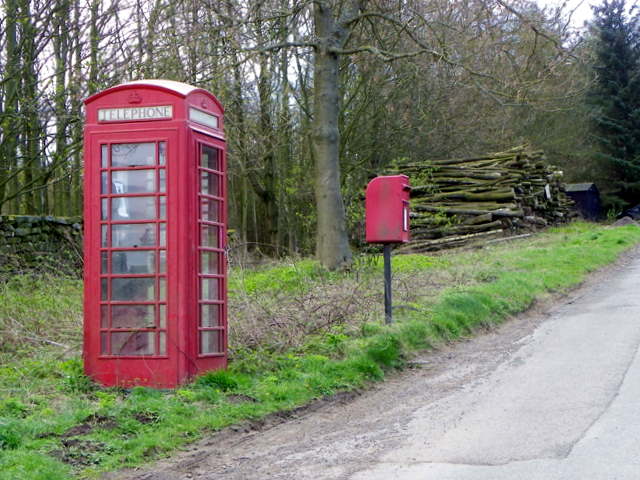
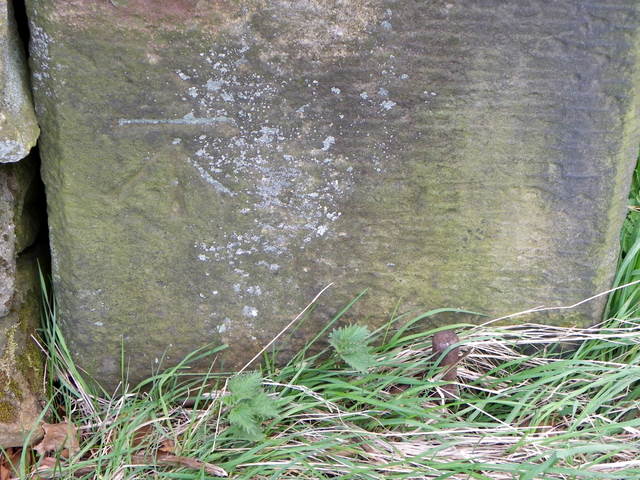
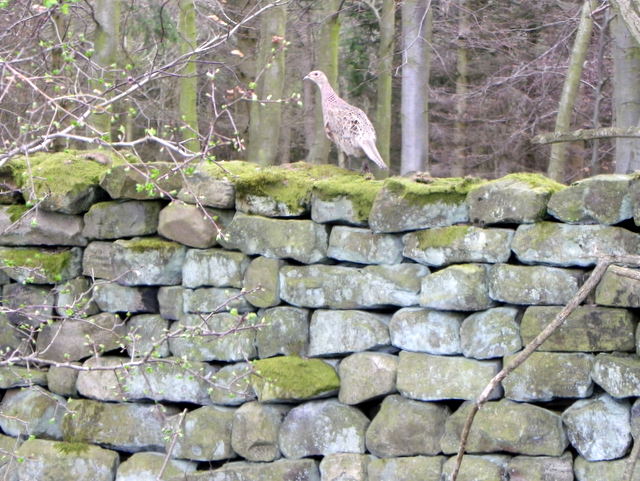
Low Swinton is located at Grid Ref: SE2179 (Lat: 54.210673, Lng: -1.6745741)
Division: North Riding
Administrative County: North Yorkshire
District: Harrogate
Police Authority: North Yorkshire
What 3 Words
///flanked.poetry.politics. Near Masham, North Yorkshire
Nearby Locations
Related Wikis
Swinton, Harrogate
Swinton is a small village in the Harrogate district of North Yorkshire, England. It is situated to the immediate south-west of Masham and separated from...
Swinton Estate
The Swinton Estate is a large privately owned estate in North Yorkshire, England. It comprises some 20,000 acres (8,100 ha) of countryside in the Nidderdale...
Warthermarske
Warthermarske is a hamlet in the Harrogate borough of North Yorkshire, England. It is near Swinton, about 1 mile (2 km) south-west of Masham. The village...
Swinton with Warthermarske
Swinton with Warthermarske is a civil parish in Harrogate district, North Yorkshire, England. The parish includes the village of Swinton and the hamlets...
Nearby Amenities
Located within 500m of 54.210673,-1.6745741Have you been to Low Swinton?
Leave your review of Low Swinton below (or comments, questions and feedback).
